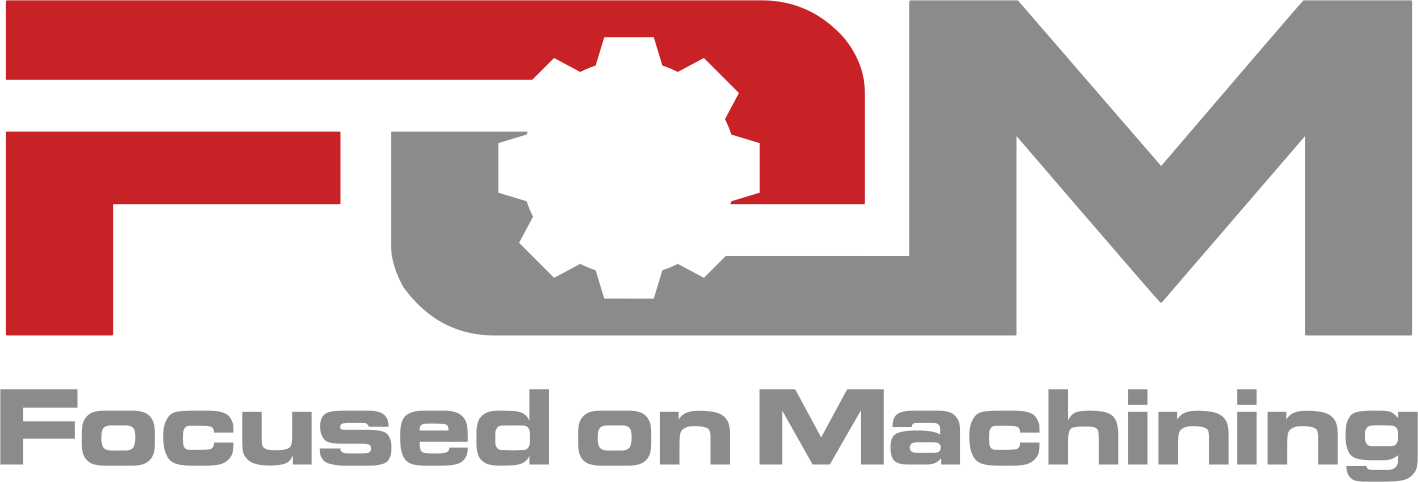Anodizing is one process used to increase a metal part’s resistance to corrosion through the formation of a new layer of oxide on its surface. The treated part then forms the anode electrode of an electrical circuit. The process improves corrosion resistance, enhances the part’s resistance to general wear and tear and creates better adhesion for glues and paint primers than would otherwise be experienced in using just bare metal.
Anodizing can also be performed for strictly cosmetic purposes. For example, it can create thick, porous coatings that easily absorb dyes, or can be used for films that make thick, transparent coatings that reflect light through the use of various interference effects. If you’ve ever seen cyclists wearing reflective clothing at night, that’s one common example of anodizing.
How does the process work?
Creating the protective oxide coating characteristic of the anodizing process is achieved electrolytically. The metal that will be treated, usually aluminum, is fully submerged in an electrolytic solution with a cathode. The next step involves passing a current through the acid solution, causing hydrogen to be released from the cathode and resulting then in the formation of oxygen on the surface of an anode. Once this process occurs, a metal oxide film begins to form on the surface of the treated part.
Depending on the application the part will be used for, the oxide layer can be expanded significantly. In fact, you could grow the layer up to 100 times as thick as an oxide layer that would exist in a natural state on an aluminum part that had only been exposed to oxygen.
The term “anodizing” comes from the fact that the metal part being treated forms an anode.
Parts made with anodized aluminum and aluminum alloys are significantly more durable than non-treated parts, holding up to general wear and tear and corrosion. The anodizing process also helps to protect the part against galling, a specific type of wear caused by the friction of two different parts of threaded components rubbing up against each other repeatedly.
Overall, this added durability means an anodized part can be expected to last much longer than a part that has not been anodized.
Benefits of anodizing
Beyond the additional durability and corrosion resistance offered by the anodizing process, what are some of its other biggest benefits? Here are just a few examples:
The anodizing process results in a much thinner coating compared to powder coating and painting, which can be helpful for parts that need to be smaller and thinner while maintaining a certain level of durability.
The coating is even harder than powder coating.
The process is environmentally friendly, and the finish can easily be recycled.
It is a less expensive process than painting and powder coating, while providing more durable results.
To learn more about the process of anodizing in Louviers, CO and the various benefits associated with using anodized parts, we encourage you to contact Focused On Machining today with any questions you have.
